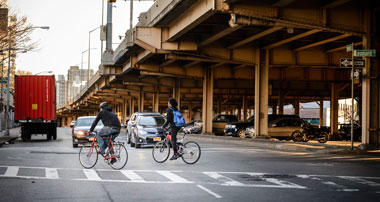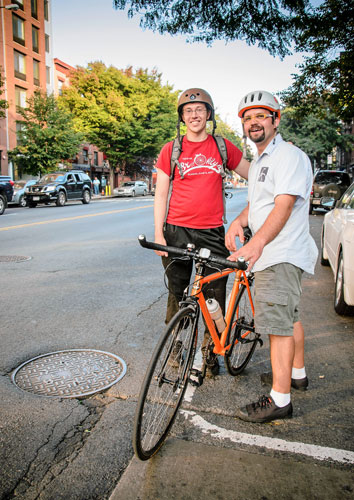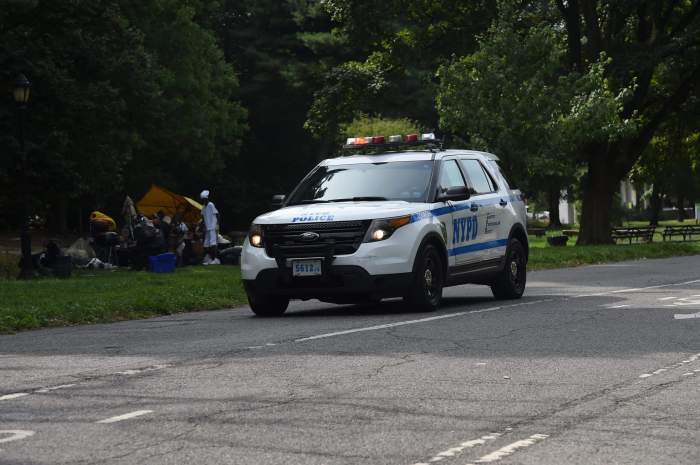The city’s Department of Transportation has failed to deliver on a five-year-old plan to upgrade cycling infrastructure in high-risk areas of Brooklyn, according to the commuter advocacy group Transportation Alternatives.
Ten community board districts were classified as high priority due to the comparatively high numbers of cyclists killed or severely injured in those areas, according to a 2017 DOT report on bicycle ridership and safety.
Along with that report, the Department promised to prioritize those areas, which currently feature significant bicycle ridership and few dedicated bicycle facilities — and to install 75 lane miles of pedal-pushing infrastructure by 2022.
Yet, since then, those “priority” areas have seen just 56 miles of bike lanes.
The DOT, for their part, attributes the delay to the COVID-19 pandemic, saying that the virus slowed construction on new projects.
“We’re moving full speed ahead to reach that goal in Brooklyn and across the entire city,” said a DOT spokesperson.
Nearly eight of those lane miles were completed in the high priority districts of Community Boards 3, 4 and 17.
The DOT rep pointed to enhancements made to the cycling infrastructure on important, high traffic corridors (Classon Avenue, Washington Avenue to Flushing Avenue, Himrod Street, Harman Street, Troutman Street, Starr Street, Evergreen Avenue to Woodward Avenue and Knickerbocker Avenue) as examples of the work that they’ve done over the last few year.
However, Transportation Alternatives argue that many of those districts currently have zero miles of protected bike lanes (which separate cyclists from vehicular traffic with physical barriers, or a row of parked cars).
Instead, many of the bike lanes hailed by the DOT as examples of progress simply utilize painted lines on the pavement, without any physical buffers.
“We would like to see bike lanes that offer physical protection from cars to those who use them — not just paint. Paint is not protection,” a TA spokesperson said.
“DOT’s own research shows that protected bike lanes in New York City reduce crashes for all road users by 15% and serious injuries of cyclists by 32%, while increasing cycling rates by 59%.”
In 2022, 17 cyclists were killed on Big Apple streets, while 4,647 others sustained injuries.
According to data collected by Spatial Equity NYC, which relies on publicly available information from the City of New York and the U.S. Census, Community Board 17 saw 306.6 injuries per 10,000 residents from 2014–2022 — the Seventh most injuries in the city.
During the same eight year period, Community Board 3 had 209.8 injuries per 10,000 residents, while CB 4 had 180.8 injuries per 10,000 residents.
TA’s Brooklyn organizer Kathy Park Price said the delays were “frustrating” but reflective of system-wide delays.
“We as advocates continue to push the DOT and the city to fulfill its promises. We know what works. We know what keeps people safe. And as a city we urge DOT to prioritize safe cycling in the city,” said Park Price.






















